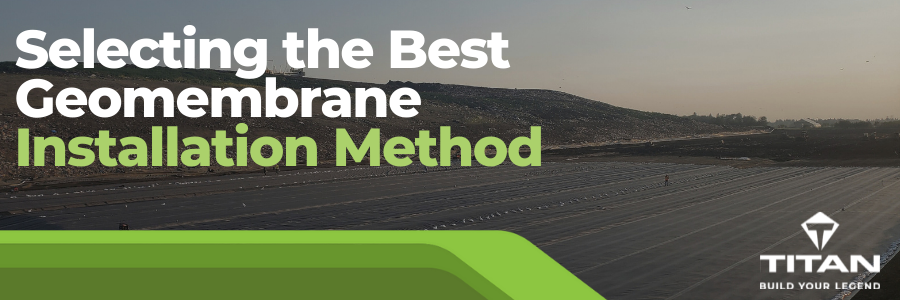Managing a job site comes with its fair share of challenges—unpredictable weather, tight deadlines, and the need for consistent quality. One important consideration is deciding whether to use prefabrication or field welding for your geomembrane installation. Understanding the advantages of each approach can help you optimize efficiency, reduce risks, and ensure the best outcome for your project.
Should you opt for fabricated panels, known for their consistent quality and quick installation, or field-welded panels that offer flexibility for irregular terrains and uniquely shaped job sites?
Fabricated Panels
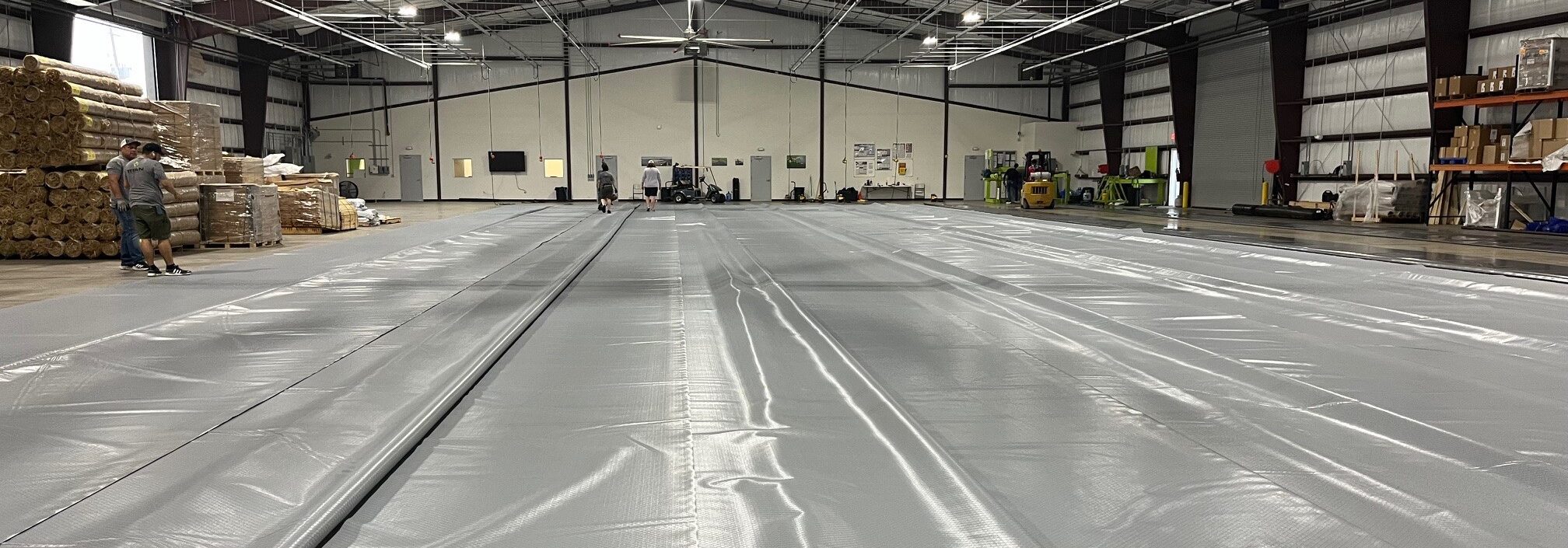
Fabricated panels are crafted in a controlled factory environment, ensuring consistent quality. Produced on solid concrete foundations they provide a stable base for welding equipment, resulting in stronger seams. They undergo rigorous quality control but less destructive testing, which means fewer patches are needed. This boosts their overall durability.
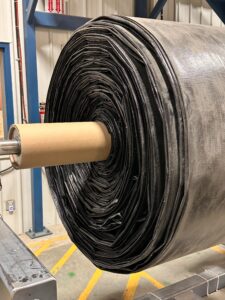
In this controlled setting, precise temperature management and optimal fusion between geomembrane sheets are possible. This ensures higher shear and peel strength, giving you peace of mind about the quality.
These panels can be produced in large sizes, up to one acre, cutting down on on-site installation time. Since they are pre-welded, you won’t have to worry about weather delays. The installation process is quicker and more efficient, especially especially in comparison to adverse weather conditions that may exist in the field.
Fabricated panels also offer great flexibility in terms of custom sizes and shapes. Your unique project requirements can be met with ease. This adaptability can lead to cost savings and reduced installation time, making them a smart choice for many projects.
Field-Welded Panels
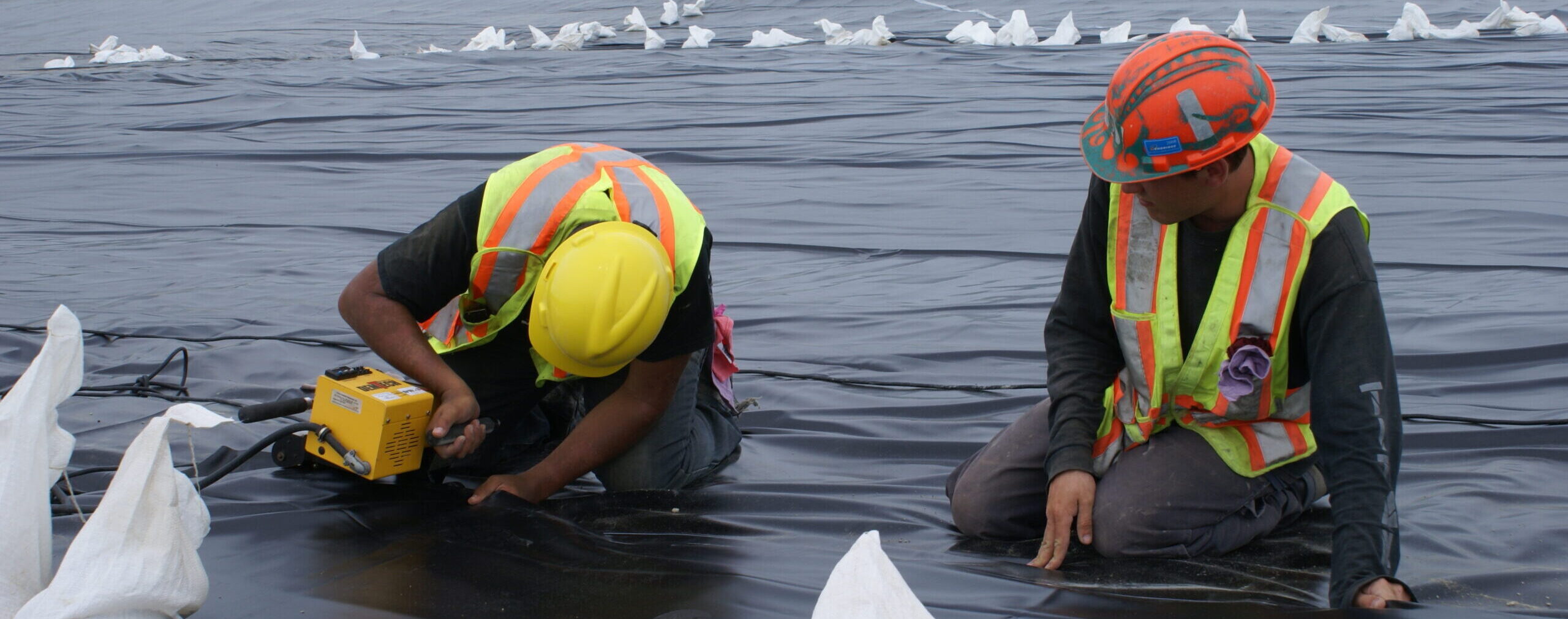
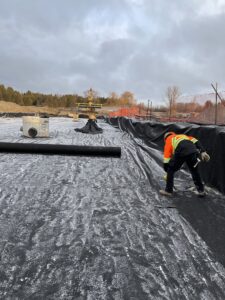
Field-welded geomembranes are ideal for projects with irregular terrains and varying ground contours. The on-site welding process allows for adjustments during installation, ensuring a snug and effective barrier over uneven surfaces.
Being able to adapt on the fly to unexpected changes or obstacles during the installation process is a significant advantage. This flexibility is crucial for complex projects where precise adjustments are necessary. Field-welded panels shine in these scenarios.
Field-welded panels are also well-suited for small-scale projects with manageable site conditions. Additionally, they are the go-to choice for applications requiring extreme, long-term chemical resistance, such as those involving HDPE membranes.: Thicker formulations of geomembranes, like HDPE, are more rigid and less adaptable to factory fabrication, making field welding the preferred installation method.
Choosing the Right Solution
When deciding between fabricated and field-welded panels, consider the following factors:
- Project Complexity: For projects requiring custom panel sizes, fabricated panels may be more efficient. For projects with irregular terrains, field-welded panels might be the better choice.
- Weather Conditions: Fabricated panels are advantageous in adverse weather conditions, as they can be produced and installed without delays. Field welding, on the other hand, can be challenging in extreme temperatures.
- Quality and Durability: If consistent quality and higher seam strength are priorities, fabricated panels offer superior performance due to controlled production conditions.
- Installation Time and Cost: Fabricated panels can reduce on-site installation time and costs, making them a cost-effective solution for many projects.
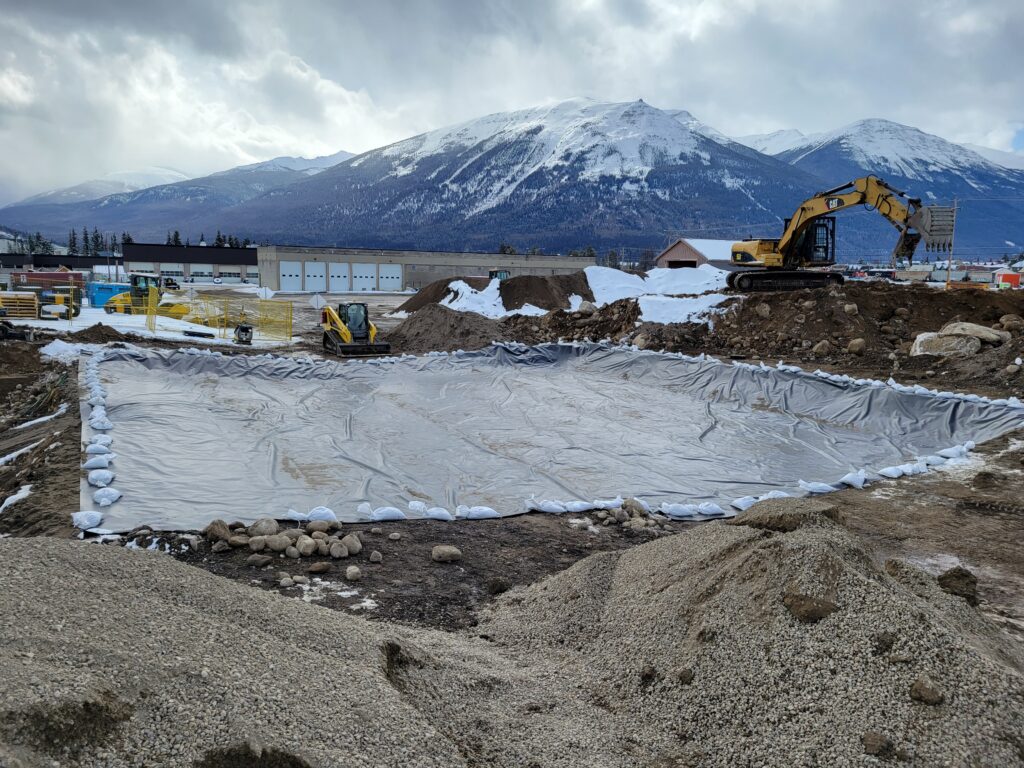
Both fabricated and field-welded panels have their unique benefits and are suited for different applications. By understanding the key differences and considering your project’s specific needs, you can choose the right solution.
Let’s Work Together
To connect with us about a current or future project, simply give us a call or request a consultation with the concrete protection team using the form below.
If you already know your project requirements, click here to get a quote!
Our top priority is your project’s success.

